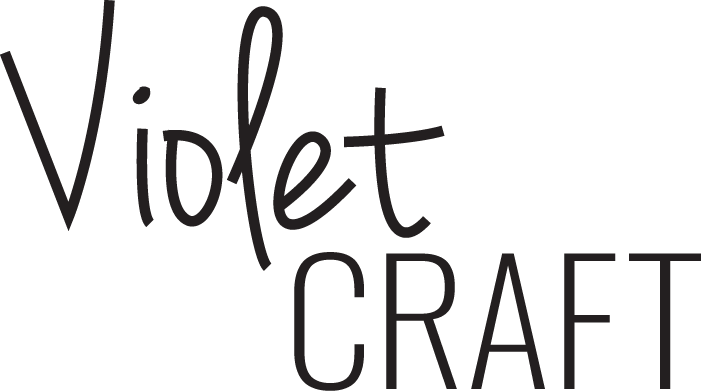Dear Violet,
A selection of topics from my inbox…
Y’all, I have OPINIONS about a lot of things. I have used every paper and every thread under the sun and a million needles and so much fabric. I have starched, I have rolled, I have pressed and I have ironed. I know what my opinions are on all of it. And I am happy to share them with you. BUT, my strongest opinion is that every single quilter will have their own preferences about what works best for them and my goal is to help you find that. I want you to learn the differences and know what you are buying so you can make your own choices and find your happy!
PAPER
For foundation paper piecing templates I use 20# bond paper. This is the least expensive and thinnest standard option for copy paper you can find. It is thin enough to tear out along your stitches and heavy enough to stay in place until you are ready for it to come out.
Many of my patterns are on 11” x 17” paper. On a printer and in stores, this paper size may be called “tabloid” or “ledger” size. I promise I didn’t make the patterns this size to make it hard for you to copy. My artwork is big. And my goal as a pattern designer is to make them as easy as possible for you to be successful. As such, I try not to have many points for you to match when putting your quilt top together. I attempt to have as many intersecting points as possible inside of the templates so that the piecing together of templates goes smoother. I want to make us all LOOK SO GOOD. So, for my particular large scale artwork, the 11” x 17” is necessary. This is putting it lightly, as a matter of fact I spend literal weeks making these choices and getting the patterns to the point they are when I present them to you. This sets my patterns apart from others that have assimilated my style.
I do not use newsprint. I find newsprint tears exactly everywhere I DON’T want it to and does not cleanly come out along the stitches where I DO want it to. I love the clean, crispness of the 20# copy.
I do not use vellum at this time.
I do not use the paperless paper piecing methods with our without freezer paper. You do you.
For English paper piecing my templates are all on 90 lb. matte coated cover stock. The templates are perforated and pop out like paper dolls. The heavier stock is durable for reusability and the matte coating on one side helps when it is time to peel away the glued fabric and leave a cleaner template for reuse.
STARCH
lol, no.
I have an amazingly talented friend who I hear starches absolutely everything. I starch absolutely nothing. Tuh-may-to. Tuh-mah-to.
THREAD
I use Wonderfil DecoBob for top and bobbin for all quilt piecing including foundation paper piecing, curve piecing, and traditional piecing. I also use this same thread for binding, all hand sewn piecing including English Paper piecing. I often quilt with this thread when I want my stitches to blend into the background. For quilts like The Jungle Abstractions:The Lion I quilted the entire quilt in DB113 Dove Grey. It blends into the fabric colors and looks as if I’ve made numerous thread changes.
DecoBob is an 80 weight polyester thread that sews like butter and lays flatter in your seams. You can feel a noticable difference in the bulk of your seams, especially for foundation paper piecing. For English paper piecing, my stitches disappear. It’s lovely.
SHRINKING & ENLARGING
Theoretically any foundation paper pieced pattern can be made any size smaller or larger - as long as you can find large enough paper to print on or can sew the smallest pieces.
The templates need to all be printed at the same percentage and the pattern will go back together perfectly. Make sure to print the templates using a percentage and not "Fit to page" for a size of paper.
The seam allowances on my patterns are marked with a dotted line on the templates and will also shrink (or enlarge). You can choose to ignore those dotted lines and cut at 1/4" or you can use the dotted lines and have a smaller seam allowance - just be consistent in the choice.
If you are going extra large - look for printers with black and white “engineering print” capabilities. The paper is generally thinner and the process is less expensive than some other large scale printing.
